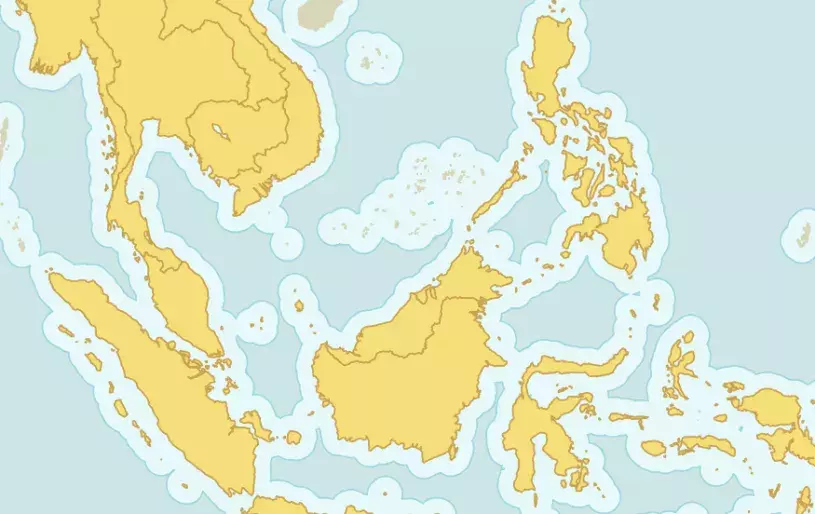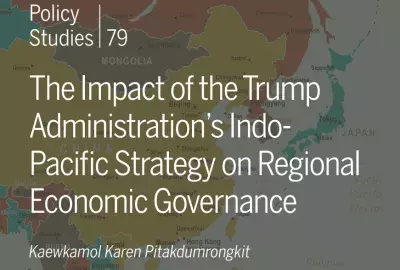Error message

Hard copies are available from Amazon.com.In Asia, hard copies are available from the The Association of Southeast Asian Nations (ASEAN) is strategically significant because of its size, dynamism, and role in the Asian economic and security architectures. This paper examines how ASEAN seeks to strengthen these assets through "centrality" in intraregional and external policy decisions. It recommends a two-speed approach toward centrality in order to maximize regional incomes and benefit all member economies: first, selective engagement by ASEAN members in productive external partnerships and, second, vigorous policies to share gains across the region. This strategy has solid underpinnings in the Kemp-Wan theorem on trade agreements. It would warrant, for example, a Trans-Pacific Partnership (TPP) agreement with incomplete ASEAN membership, complemented with policies to extend gains across the region. The United States could support this framework by pursuing deep relations with some ASEAN members, while broadly assisting the region's development.This version of the manuscript updates an "advance copy" published in November 2013 to include recent developments in trade policy, including the results of the Ninth WTO Ministerial Meeting in Bali, Indonesia, December 2013. |

Hard copies are available from Amazon.com.In Asia, hard copies are available from the The Association of Southeast Asian Nations (ASEAN) is strategically significant because of its size, dynamism, and role in the Asian economic and security architectures. This paper examines how ASEAN seeks to strengthen these assets through "centrality" in intraregional and external policy decisions. It recommends a two-speed approach toward centrality in order to maximize regional incomes and benefit all member economies: first, selective engagement by ASEAN members in productive external partnerships and, second, vigorous policies to share gains across the region. This strategy has solid underpinnings in the Kemp-Wan theorem on trade agreements. It would warrant, for example, a Trans-Pacific Partnership (TPP) agreement with incomplete ASEAN membership, complemented with policies to extend gains across the region. The United States could support this framework by pursuing deep relations with some ASEAN members, while broadly assisting the region's development.This version of the manuscript updates an "advance copy" published in November 2013 to include recent developments in trade policy, including the results of the Ninth WTO Ministerial Meeting in Bali, Indonesia, December 2013. |








